Here is a buck that hasn't started to really grow out its antlers yet as still very early in the year.
|
Super hot today for a change and was wondering how the wildlife was reacting since it was below freezing at night very recently. Well a quick jaunt in Foxstone Park found a couple deer that looked very hot in their fur coats. One was visibly panting (it was over 90 degrees outside). These let me get pretty close as while the deer around here are wild deer, they are far less wild-acting than in most places.
Here is a buck that hasn't started to really grow out its antlers yet as still very early in the year.
1 Comment
I recently posted a photo of a goldfinch taking a stream bath. Figured I would round that out with a shot of the whole bird as they are really quite attractive.
It is usually a bit later in the year when the catbirds start their eponymous cat sounds, but they are back in northern Virginia and singing away. That is, mocking away, since they are a call mimic and can produce the sounds of many other birds.
Washing off the winter dust, this American goldfinch was taking a bath in Pimmit Run, Falls Church, Virginia.
The song sparrow is one of the first birds of the year to start calling in the spring, and boy to they put their all into it.
These tiny little birds are relatively common in some areas of northern Virginia but I seem to see more of them in the spring. This one was alone and completely silent the whole time I was watching it. Lovely birds.
Sunny days in springtime may be the very best days for turtle lovers. These guys dig out of the mud where they spent the winter and climb up on whatever they can find to bask in the sun. At Meadowlark Botanical Gardens they have placed hay bales along the pond edges for the turtles, which look awful but really work. There were dozens of turtles basking, some still just totally covered in mud and others that had apparently been awake for a while like this pretty painted turtle.
Now that the Easter Bunny has come and gone, the fields are full of regular old eastern cottontails.
With the cold temps refusing to leave, some early migrants will struggle for a bit. Eastern phoebes started arriving a little while ago and could be heard singing on one of the warmer days. But these birds are flycatchers and usually hawk flying insects so will have to find other food sources with the cold and high winds that have been around. The low temps will likely stay around for another week which is also likely to be hard on the trees, many of which have just gone into flowering.
Everyone loves bluebirds! But did you ever look closely at one? Take a look at this female eastern bluebird and tell me another common bird it looks like. I'll even give you a hint: mentally add a white eye ring and turn the blue to the same gray as the head... Okay, got it? How about now put it in the grass with a worm in its mouth...
Yes, the bluebird is very closely related to the American robin. Both are in the thrush family, the humorously named Turdidae, and share a lot of physical resemblance like beak shape, large eyes and general posture. |
AuthorKeith Christenson - Wildlife Biologist Categories
All
Author
Keith Christenson Wildlife Biologist Archives
September 2021
|
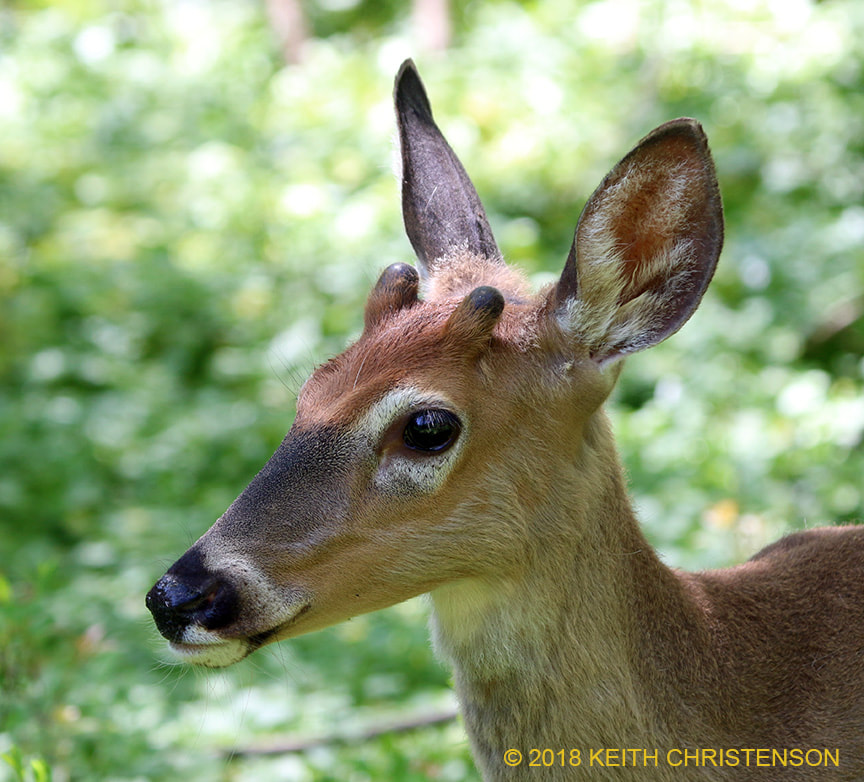
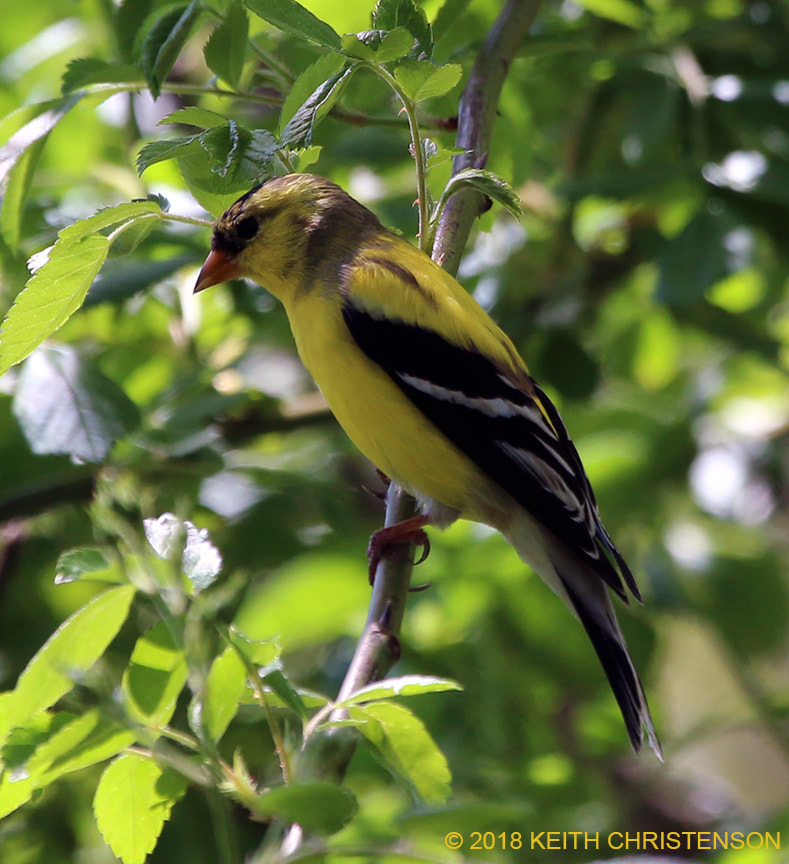
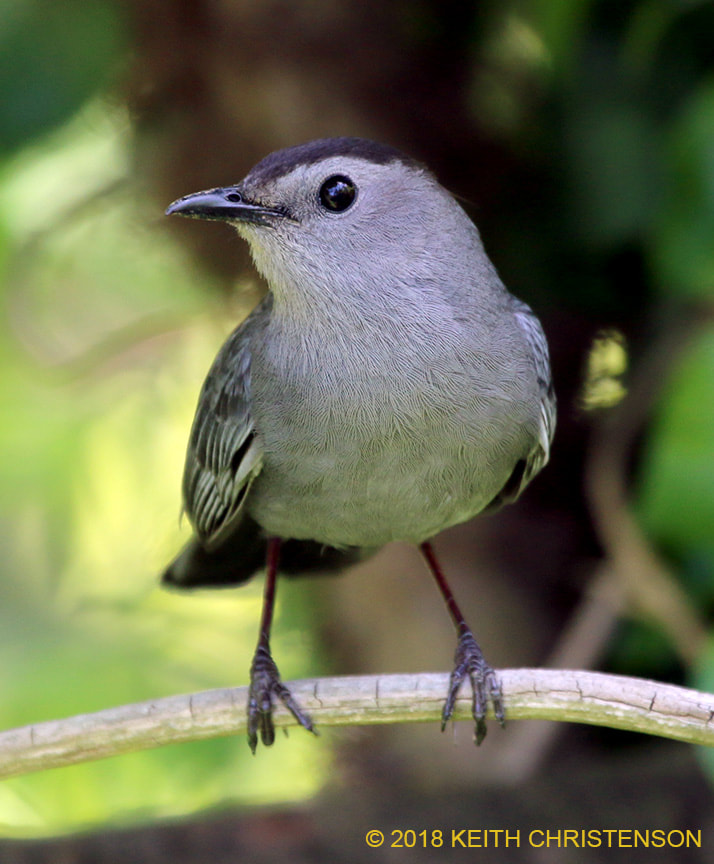
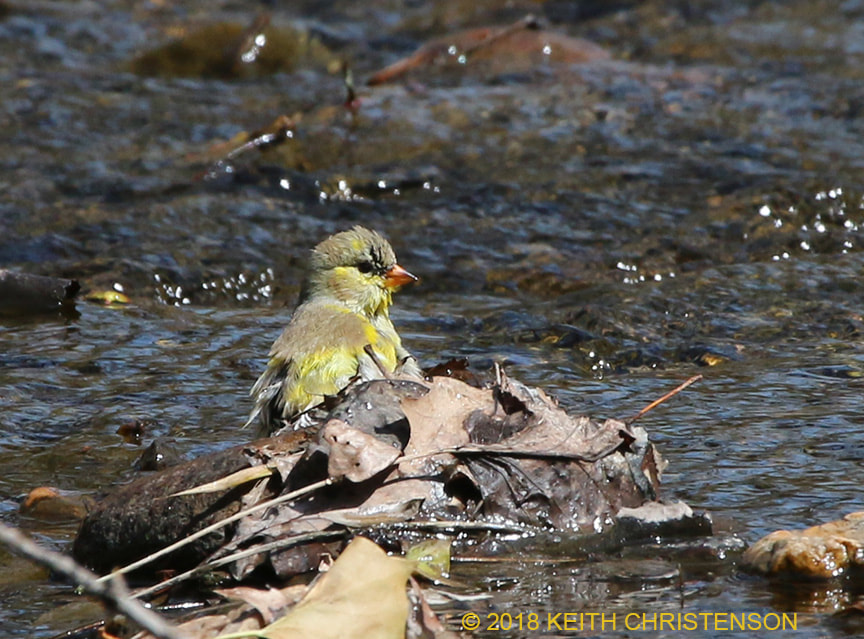
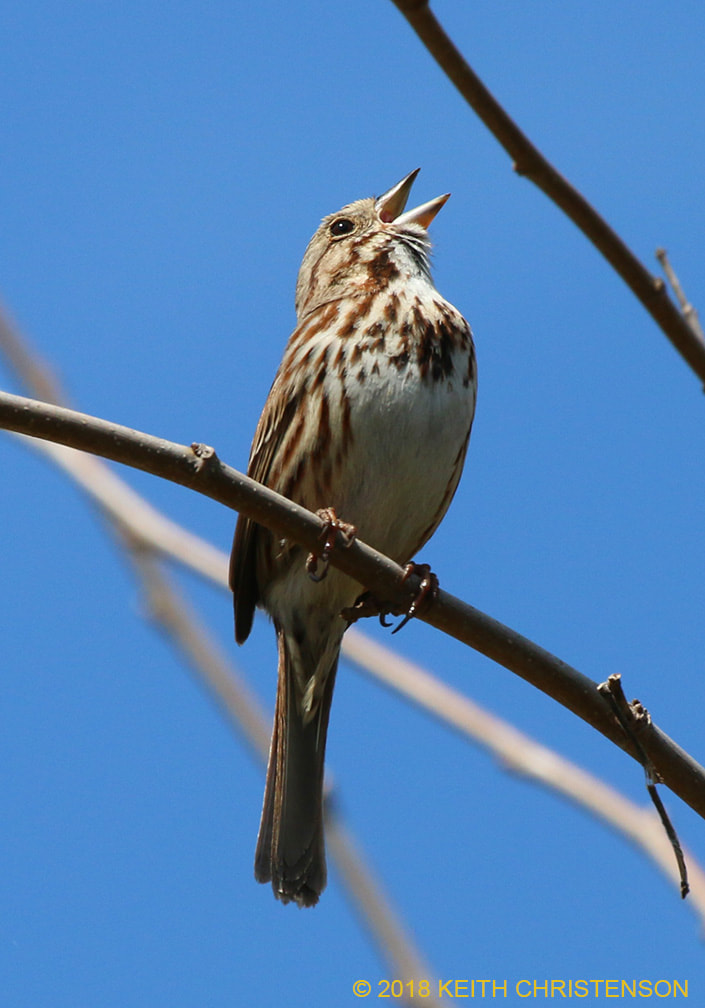
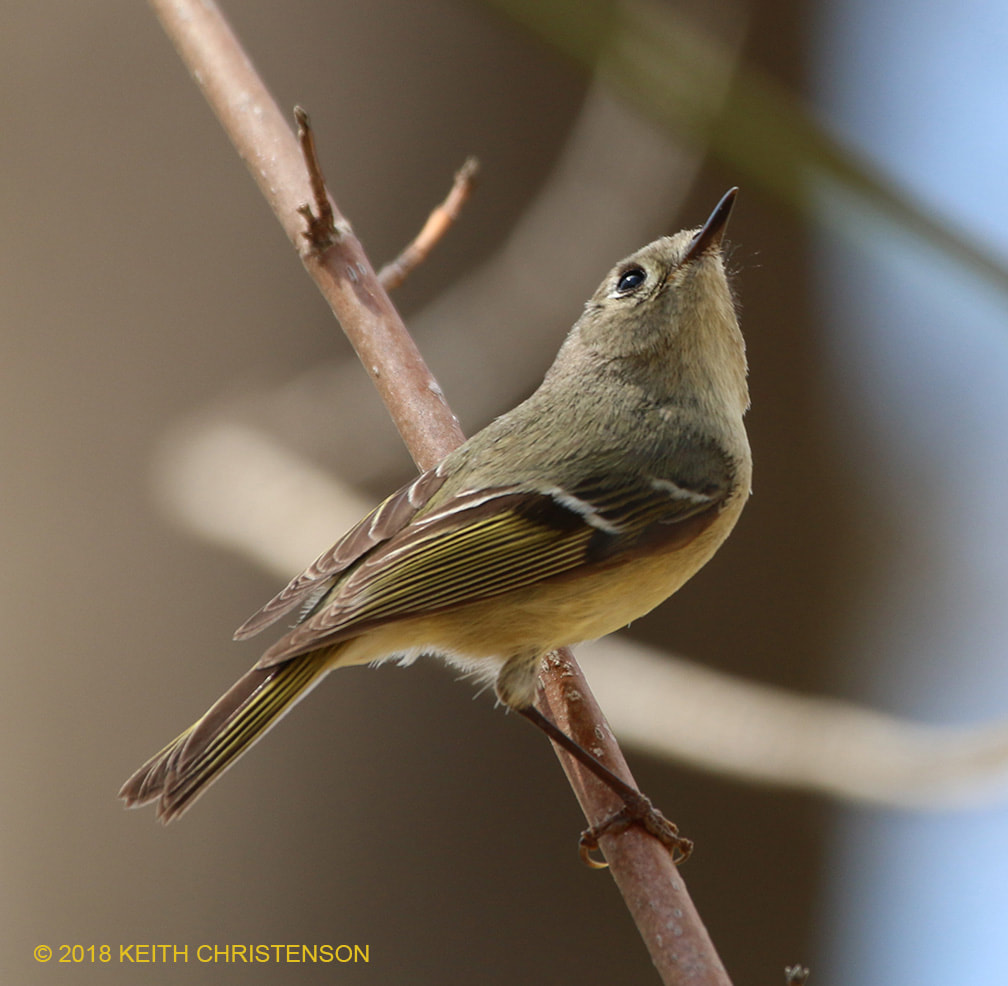
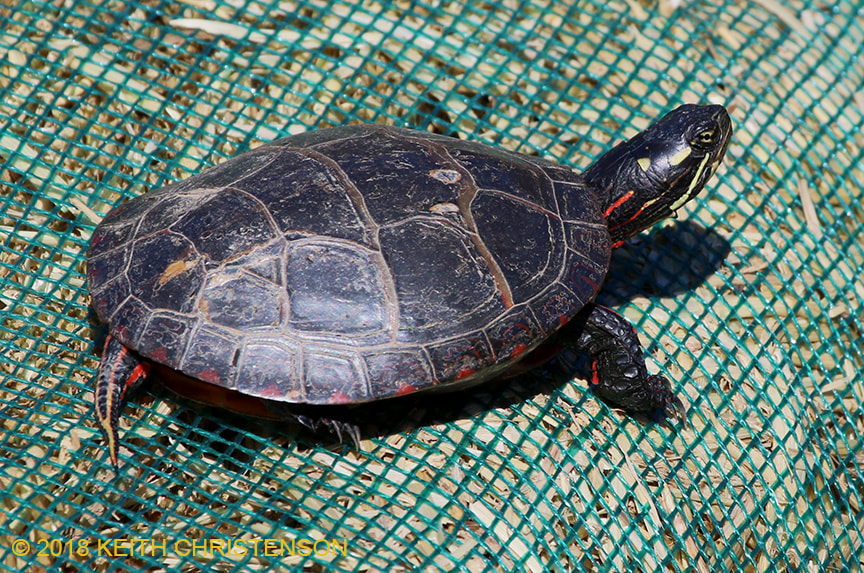
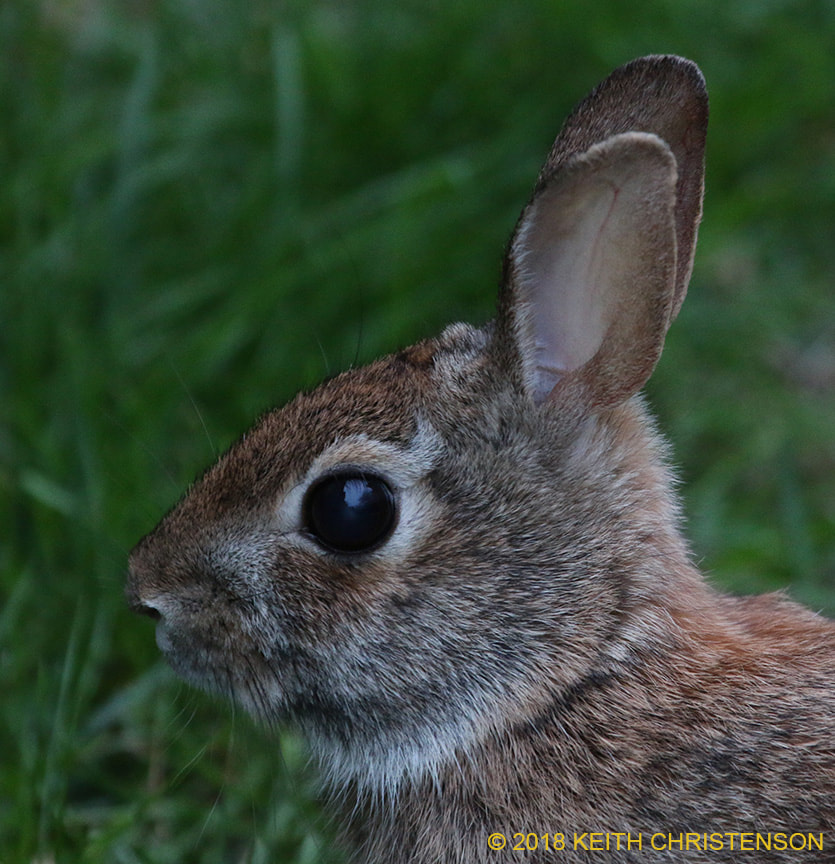
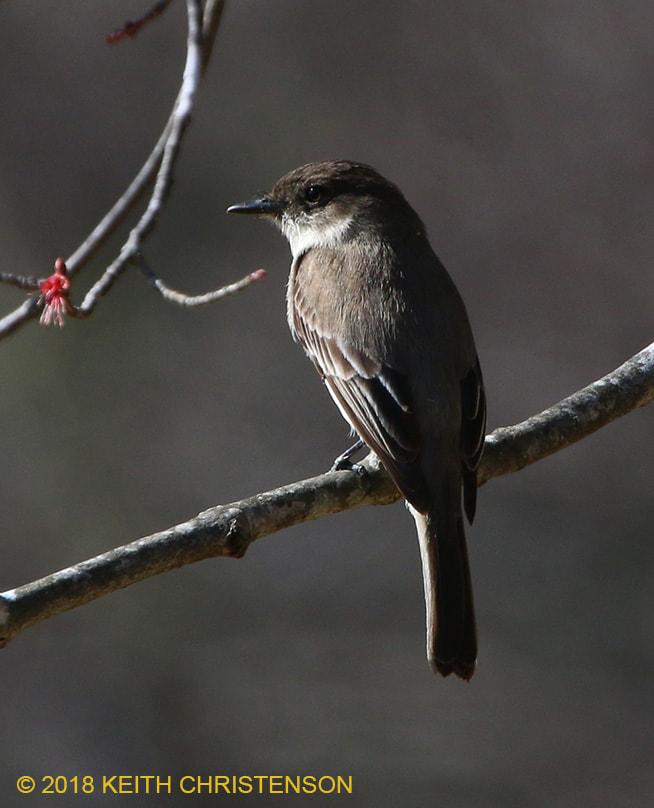
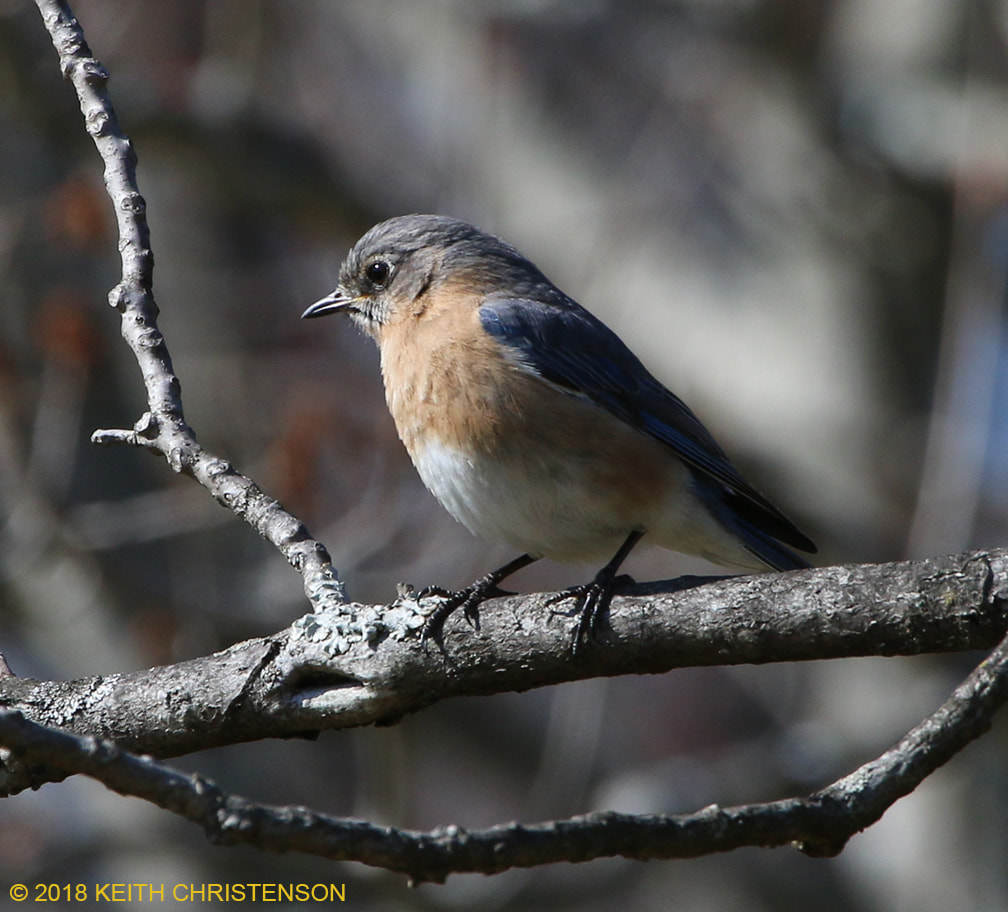
 RSS Feed
RSS Feed